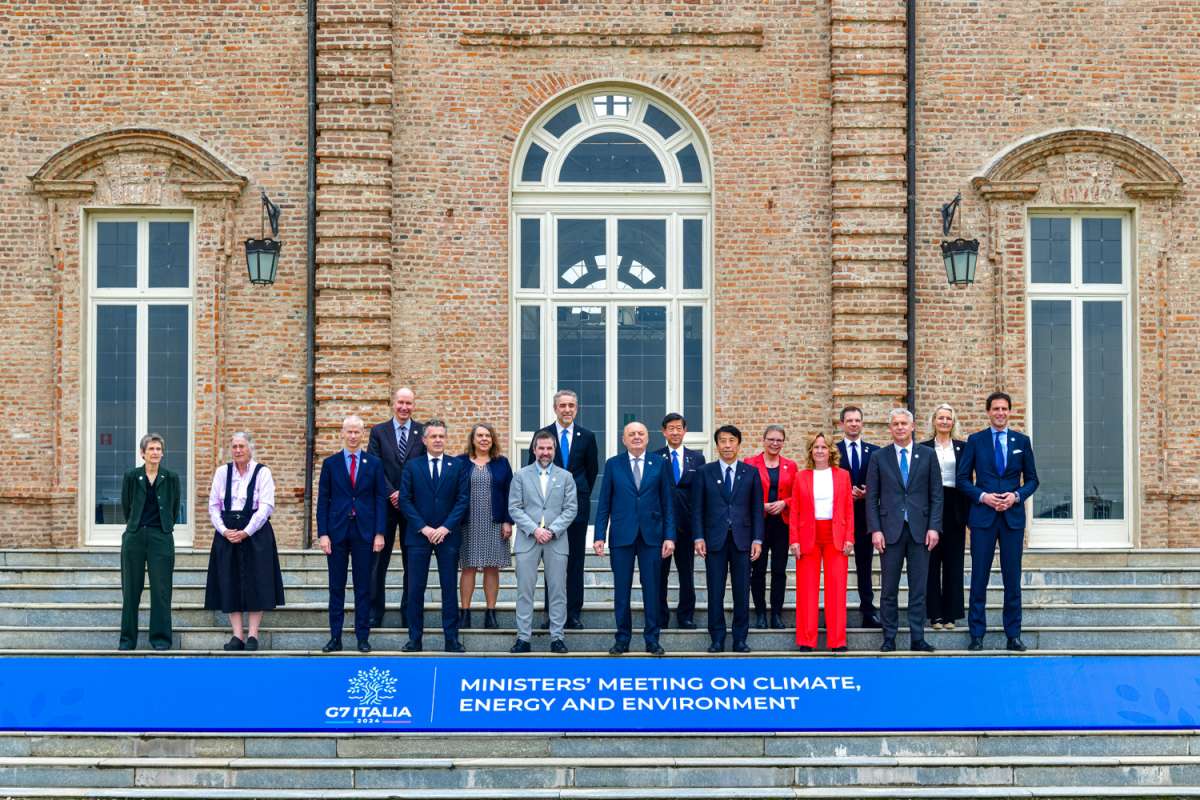New satellite images from the European Space Agency reveal a Chinese road has been built through the Aghil Pass and now stretches into the lower Shaksgam Valley. The Indian government has consistently claimed the Shaksgam Valley, which is currently controlled by China, as part of its territory. This includes the region of Pakistan-occupied Kashmir (PoK)…. writes Dr. Anjali Sehrawat
Satellite images show China is building a road in Shaksgam Valley, a part of Kashmir controlled by Pakistan and ceded to China in 1963. This raises security concerns for India, particularly given the proximity to the Siachen Glacier, a strategically important area visited by the Indian Defense Minister recently. The road branches off from a highway in China’s Xinjiang province and disappears into the mountains around 50 kilometers north of the Siachen Glacier. The groundwork for this road appears to have been laid between June and August of last year.
New satellite images from the European Space Agency reveal a Chinese road has been built through the Aghil Pass (4,805 meters) and now stretches into the lower Shaksgam Valley. This places the end of the road, or the “road-head”, worryingly close to Siachen, just 48 kilometers away. Given China’s rapid construction abilities, this distance is easily bridgeable. The Aghil Pass has historical significance as the border between Kashmir and Tibet. Construction seems to have begun in the summer of last year.

The road runs through the Trans-Karakoram Tract. Indian defence experts argue that any alteration in the status quo here infringes upon India’s sovereignty and territorial integrity, fearing that such changes could disrupt the existing security dynamics in this mountainous terrain. India’s apprehensions are compounded by reports of increased military collaboration in the area. In 2021, Pakistan’s Gilgit-Baltistan province unveiled plans for a new road linking Muzaffarabad to Mustagh Pass, bordering Pakistan’s Shaksgam Valley. This road is proposed to connect with Yarkand in Xinjiang, suggesting a potential route through Shaksgam Valley to link with China’s G219 national highway.
Some experts believe these roads might be used to transport minerals, possibly uranium, from nearby Gilgit Baltistan to China’s Xinjiang province. There is also the worry that these roads could be used by Pakistani and Chinese militaries. The road’s location is significant. It enters the disputed territory at Aghil Pass, which historically marked the border between Kashmir and Tibet. This fact was even acknowledged by past Chinese rulers. India frequently cites Aghil Pass and the Shaksgam Valley in border negotiations with China, pointing to historical evidence to support its claim. This evidence includes Indian government maps, dating back to 1907, that consistently showed the area as Indian Territory. Interestingly, archival Chinese maps from the early 20th century also seemed to agree, according to a website by a scholar specialising in Tibet.
The Indian government has consistently claimed the Shaksgam Valley, which is currently controlled by China, as part of its territory. This includes the region of Pakistan-occupied Kashmir (PoK). In a 2019 speech, Home Minister Amit Shah reaffirmed this position, stating that the Indian constitution defines Jammu and Kashmir to include both Pok and Aksai Chin (another disputed territory with China).
However, the situation is complex. A 1963 agreement between China and Pakistan grants China temporary control of the Shaksgam Valley until the Kashmir issue is resolved. India has not signed any similar agreement with China regarding the valley. Despite China’s control, India has actively protested Chinese actions in the region. These protests include objecting to Chinese infrastructure projects and the portrayal of Aksai Chin as Chinese territory.
This infrastructure could potentially threaten Indian troops stationed in Ladakh in the coming years. This latest development adds to China’s ongoing strategy of pressuring India through incursions across the Line of Actual Control (LAC) – the disputed border between the two countries. While these incursions have been noted internationally, a recent study suggests they are part of a larger Chinese plan to establish a permanent military presence in the contested areas.
India has documented frequent border violations by China along their 3,488 km border. However, a more concerning development is happening in the PoK. According to Pardafas, a news portal from Nepal, China has been building military infrastructure and roads in the Shaksgam Valley as a strategic move to distract India from its land grab in PoK, a region over which India has territorial claims. China and Pakistan’s collaboration on building infrastructure in this 590 km long area disregards India’s rights and creates a direct military threat, as reported by Pardafas. Satellite imagery suggests this road construction may have begun in mid-2017, after a border stand-off between India, Bhutan and China.
There have been concerns that Pakistan might lease Gilgit-Baltistan, a region in the PoK, to China for 50 years, despite denials from both countries. This possibility gains weight considering China’s huge investments in the China-Pakistan Economic Corridor (CPEC). There are already reports of Pakistan leasing land in Gilgit to China for CPEC projects and providing security for them.
Jammu and Kashmir (J&K) is a strategically vital region for India, but control of parts of it has been contested with Pakistan for a long time. India has avoided direct conflict to reclaim these areas, while Pakistan has used military force. China has complicated the situation by making deals with Pakistan on disputed land, supporting Pakistan in some ways but not others, and even funding projects within the contested territories. When India revoked J&K’s special status and reorganized the region, China sided with Pakistan and called Kashmir “disputed.” Currently, China seems to be mainly backing Pakistan publicly, helping them get international attention for the issue, and putting troops near the Ladakh border to put pressure on India. The long-term effects of China’s actions on India’s claim to the entire region are uncertain. There are two possibilities: Pakistan might formally take complete control of Gilgit-Baltistan, potentially allowing China’s military in, or China might itself take over the Shaksgam Valley, even though they agreed not to in a past deal. Both options would ignore India’s claim to these lands.
While there isn’t an immediate military threat to Indian troops on Siachen Glacier from China’s activity in Shaksgam Valley, the People’s Liberation Army’s (PLA) actions are seen as provocative. The PLA has a history of aggressive behavior in the region, including blocking Indian patrols and deploying troops near the border. Additionally, China’s military exercises and airbase development near the Himalayas, along with Pakistan’s involvement, raise concerns about a potential threat to India’s national security.
The collaborative infrastructure projects between China and Pakistan in the Shaksgam Valley directly threaten India’s sovereignty and security, especially given their proximity to the Siachen Glacier. This necessitates a proactive defence strategy. India’s stance on Jammu and Kashmir’s territorial integrity faces challenges amid China’s strategic maneuvers and Pakistan’s military cooperation. The potential leasing of Gilgit-Baltistan to China for economic gains further amplifies regional tensions. The strategic significance of the Siachen Glacier underscores the urgency for India to fortify defenses and pursue diplomatic solutions. A robust defense strategy, strategic alliances, and diplomatic agility are imperative to safeguard India’s interests and counter evolving threats, ensuring regional stability and sovereignty.
(Dr. Anjali Sehrawat is an Assistant Professor of Political Science and International Relations at Sushant University, Gurugram. She holds a doctorate in International Relations with a specialization in Central Asia from JNU, New Delhi)









